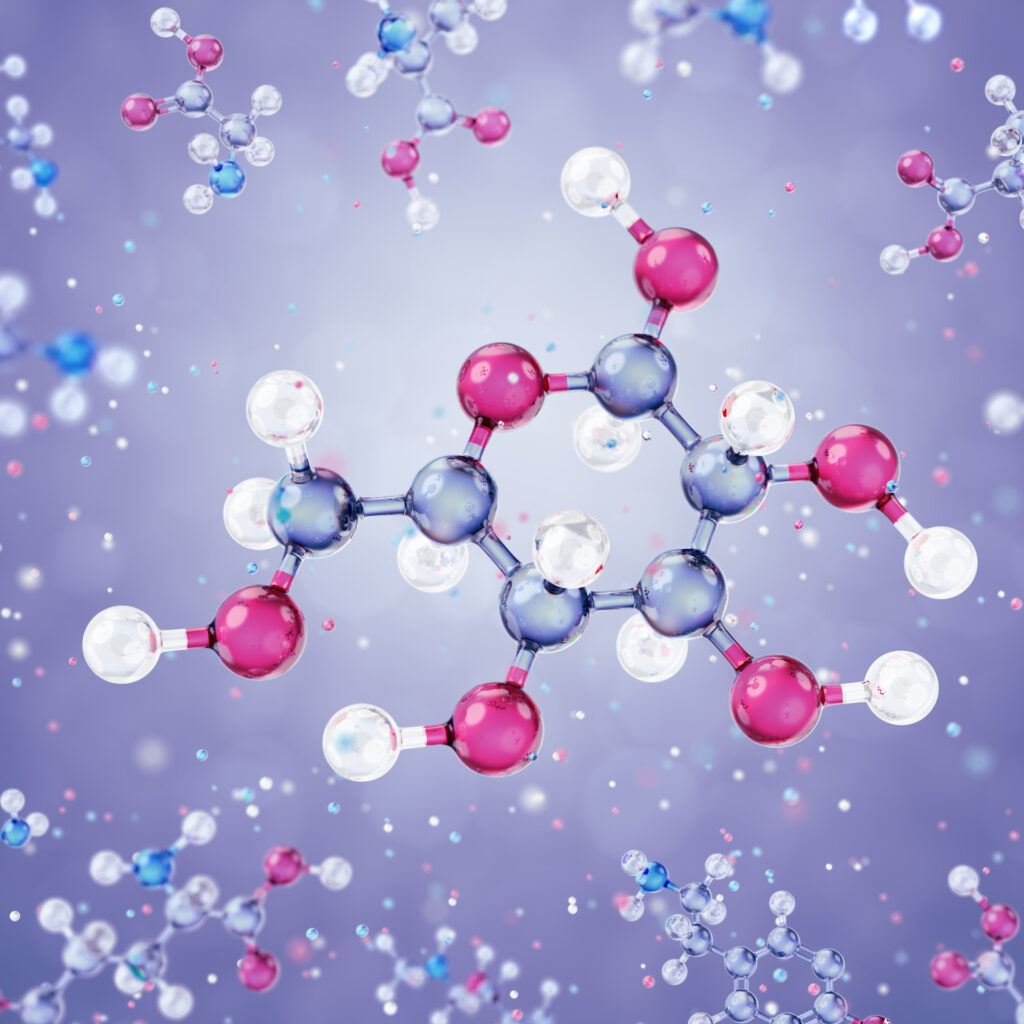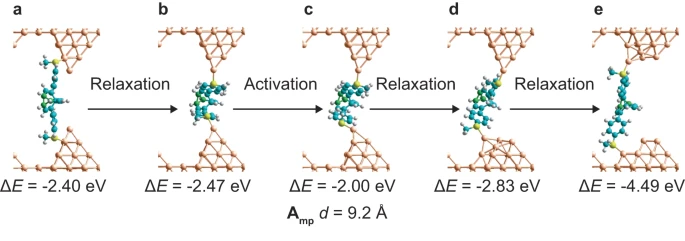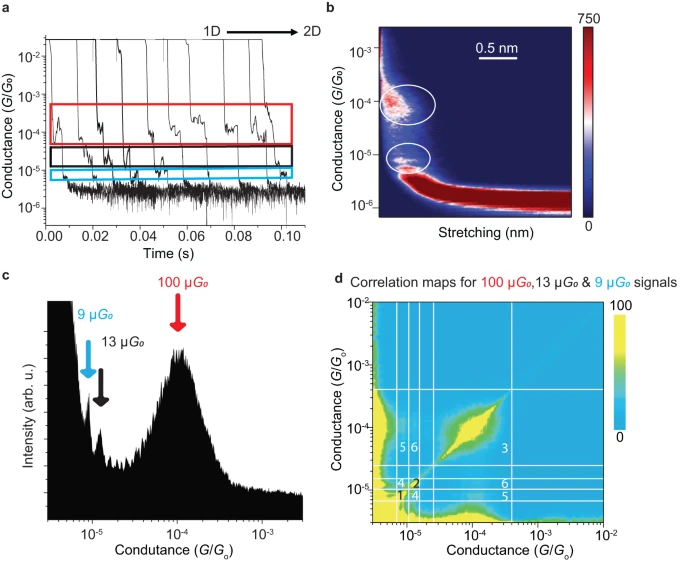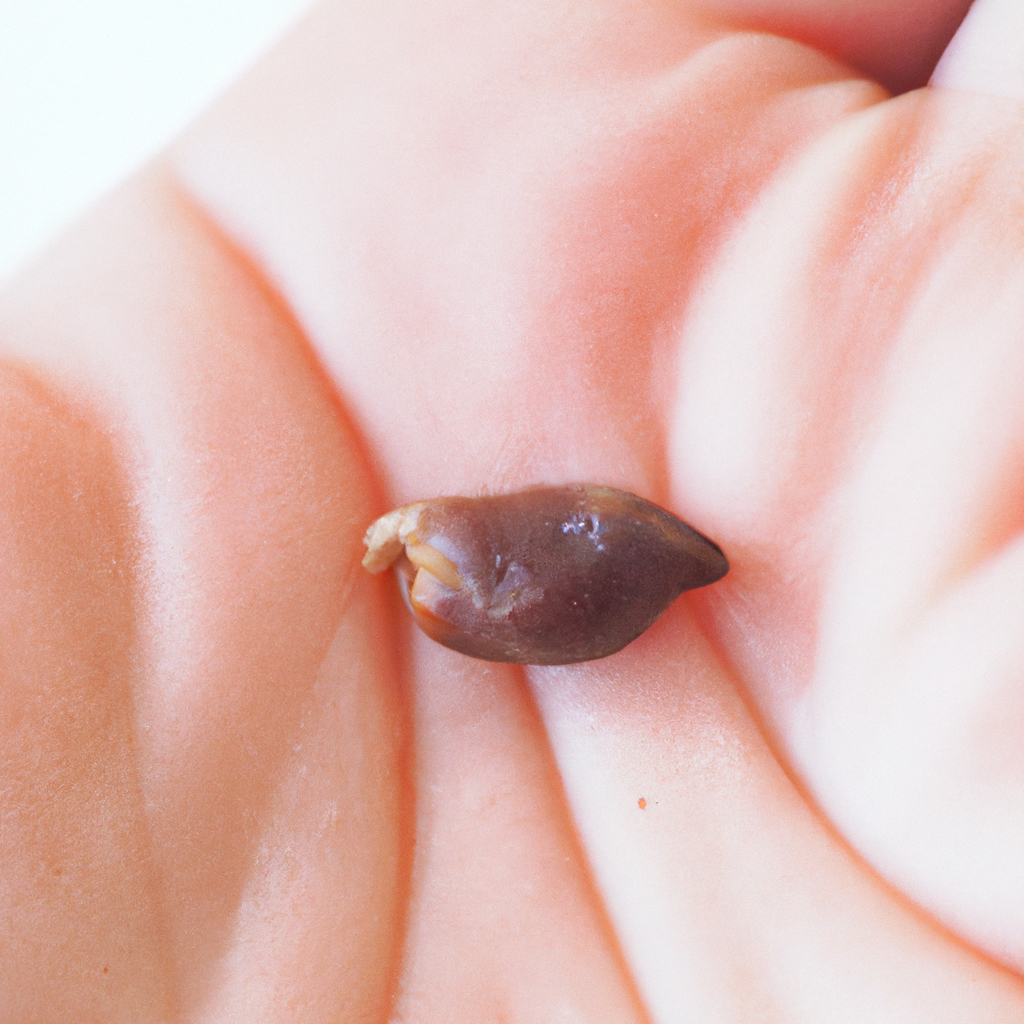From Curtin University 06/10/23

Australian researchers have developed a molecular-sized, more efficient version of a widely used electronic sensor, in a breakthrough that could bring widespread benefits.
Piezoresistors are commonly used to detect vibrations in electronics and automobiles, such as in smart phones for counting steps, and for airbag deployment in cars.
They are also used in medical devices such as implantable pressure sensors, as well as in aviation and space travel.
In a nationwide initiative, researchers led by Dr Nadim Darwish from Curtin University, Professor Jeffrey Reimers from the University of Technology Sydney, Associate Professor Daniel Kosov from James Cook University, and Dr Thomas Fallon from the University of Newcastle, have developed a piezoresistor that is about 500,000 times smaller than the width of a human hair.
Dr Darwish said they had developed a more sensitive, miniaturised type of this key electronic component, which transforms force or pressure to an electrical signal and is used in many everyday applications.
“As they are molecular-based, our new sensors can be used to detect other chemicals or biomolecules like proteins and enzymes, which could be game-changing for detecting diseases.”
“Because of its size and chemical nature, this new type of piezoresistor will open up a whole new realm of opportunities for chemical and biosensors, human-machine interfaces, and health monitoring devices,” Dr Darwish said.

Dr Fallon said the new piezoresistor was made from a single bullvalene molecule that when mechanically strained reacts to form a new molecule of different shape, altering electricity flow by changing resistance.
“The different chemical forms are known as isomers, and this is the first time that reactions between them have been used to develop piezoresistors,” Dr Fallon said.

“We have been able to model the complex series of reactions that take place, understanding how single molecules can react and transform in real time.”
Professor Reimers said the significance of this was the ability to electrically detect the change in the shape of a reacting molecule, back and forth, at about once every 1 millisecond.
“Detecting molecular shapes from their electrical conductance is a whole new concept of chemical sensing,” Professor Reimers said.

Associate Professor Kosov said understanding the relationship between molecular shape and conductivity will allow basic properties of junctions between molecules and attached metallic conductors to be determined.
“This new capability is critical to the future development of all molecular electronics devices,” Associate Professor Kosov said.
More info
https://www.eurekalert.org/news-releases/1003367



